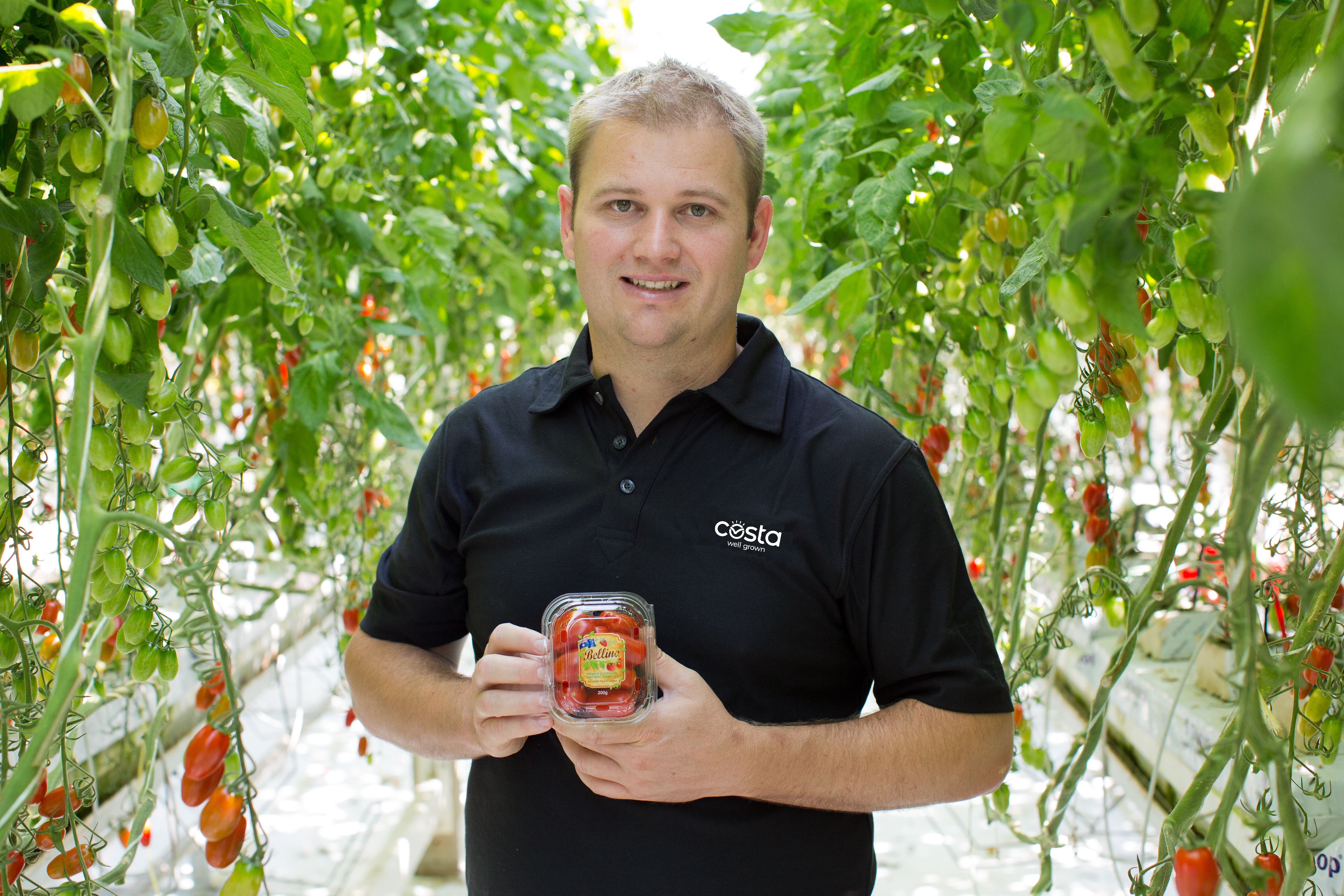Glasshouse hydroponic horticulture is an eco-friendly way to produce high-quality crops, but its commercial success depends on effective control of the sorts of plant pathogens that thrive in warm, moist conditions.
This presents challenges for commercial growers such as Australia’s leading fresh produce grower, Costa Group, which, under its Tomato Exchange business, grows various branded tomato varieties in a vast, state-of-the-art glasshouse facility in Guyra, in north-eastern New South Wales.
Tomato Exchange’s premium snacking, specialty, cocktail and large truss tomatoes are grown hydroponically, in soilless growing media. Hydroponic growing media lack the vast diversity of microbes found in soil, from which plants normally recruit beneficial organisms.
To fill that gap, Tomato Exchange workers feed the tomato crops probiotic supplements, primarily Plantmate. It is claimed that plant probiotics such as Plantmate promote growth and protect plants against pathogens and abiotic stress.
However, the efficacy of such supplements varies depending on crop variety and the makeup of the media in which the crop is grown. Moreover, the activity of biotic agents is difficult to monitor using conventional tools.
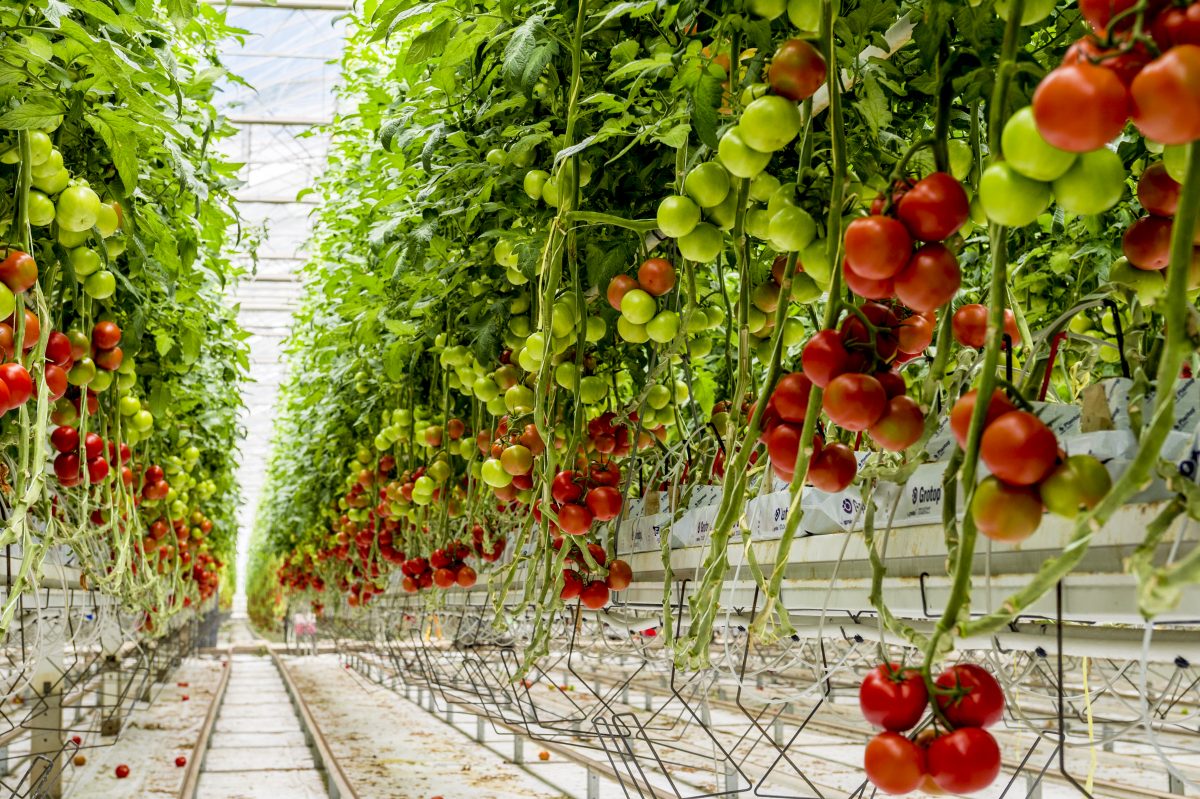
Costa Group’s Tomato Exchange facility grows premium snacking, specialty, cocktail and large truss tomatoes hydroponically. Credit: Costa Group
To find solutions to these problems, Tomato Exchange is collaborating with scientists from University of New England (UNE) and protected-cropping experts at Western Sydney University’s Hawkesbury Institute for the Environment (HIE) in a ‘radical’ project under the CRC.
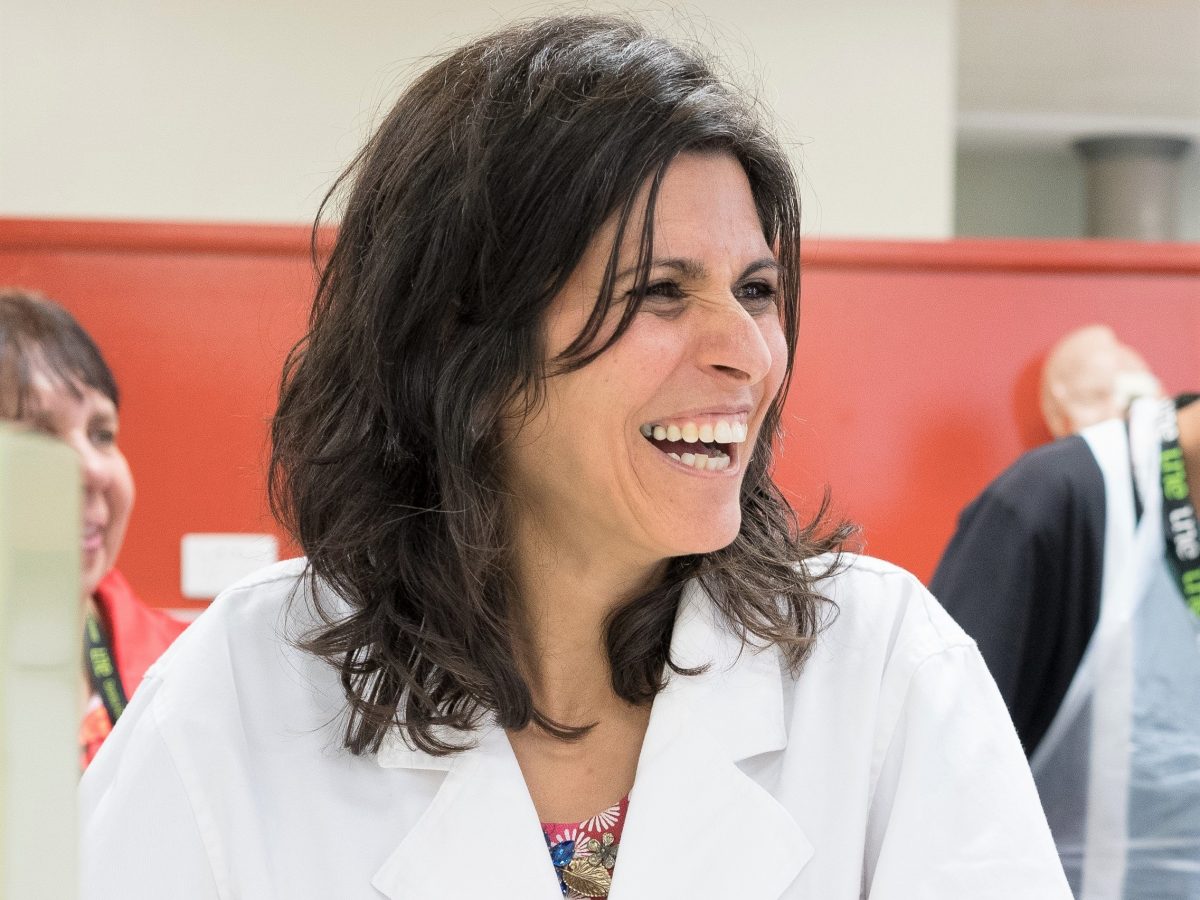
University of New England’s Dr Gal Winter is the project’s research lead.
Who’s involved?
The project lead is Dr Gal Winter (aka Gal Ziv), with Dr Oliver Knox and Prof Brian Sindel from UNE as well as Professor Jeff Powell from WSU and Costa Group’s Paul Butterworth. The main researcher is HDR student (now PhD) Phil Thomas. Support is provided by Tomato Exchange’s Tal Kanety, Grower Manager GH3 – Tomato Category and Gal Ziv, Agronomy Manager – Tomato Category.
“This is a multidisciplinary project with input from diverse range of participants,” Dr Winter explains.
“Costa personnel are contributing their technical expertise in growing tomatoes and establishing an experimental glasshouse at UNE. UNE and WSU academics are contributing their expertise in the characterisation of microbial ecology and understanding the mechanism of interaction with the plants.
“This project is at the interface between ‘blue skies’ and practical science,” she adds. “As such, it embodies the importance of university-industry collaboration, building on the strengths of each organisation.”
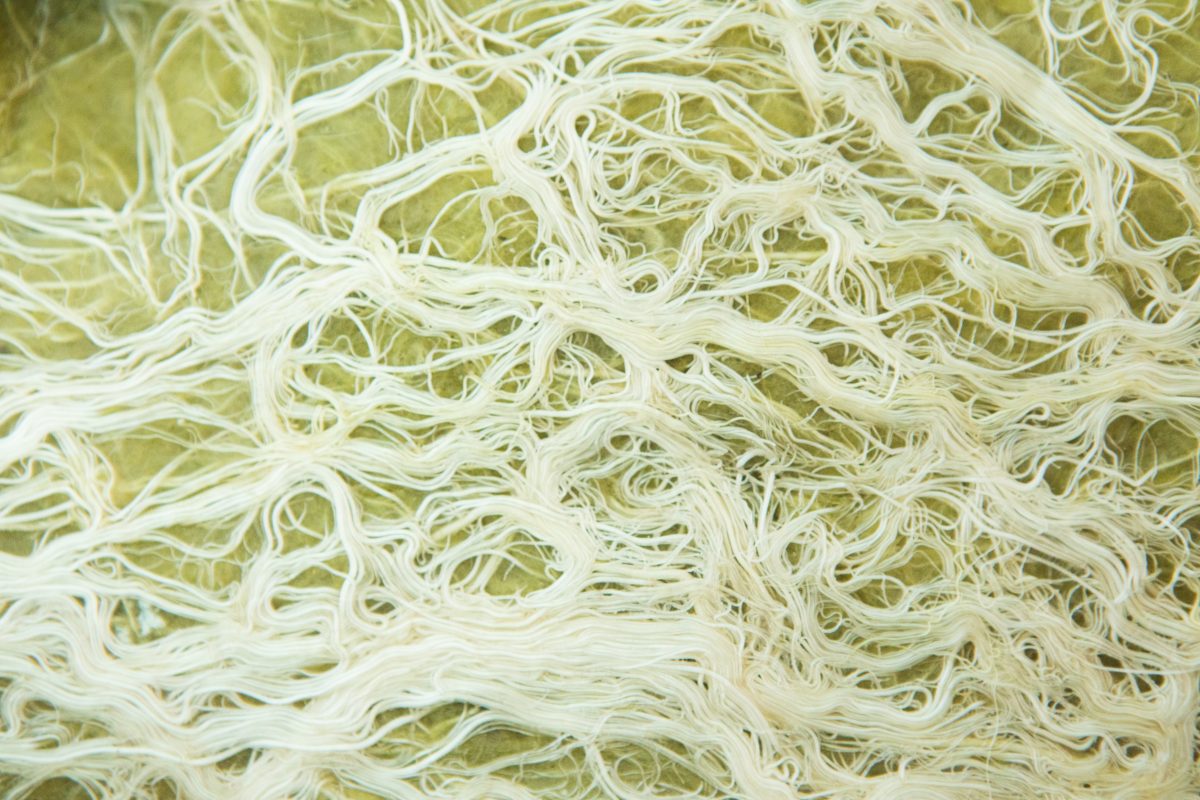
The root system of a tomato plant grown in soilless media, supplemented with probiotic Plantmate, in Tomato Exchange’s Guyra facility. Credit: Costa Group
Getting to the root of the problem
The three-year ‘Microbial rhizosphere diversity in glasshouse hydroponic crops’ project will explore the root rhizobiome of hydroponically grown tomatoes undercover for the first time, helping Tomato Exchange – and potentially, hydroponic growers everywhere – combat crop diseases common in humid glasshouse environs.
“Compared to soil systems, the microbial diversity of soilless hydroponic systems is significantly lower,” project leader, UNE’s Dr Gal Winter explains. “While this might seem an advantage in evading root pathogens, contamination of microorganisms still occurs.”
If contamination does happen, she says, “the resultant disease can be more serious due to the set environmental conditions, the recirculation of water and the low population of general microbiota” in hydroponic glasshouse set-ups.
The project seeks to characterise the behaviour of probiotic organisms in the root zones of hydroponically grown tomato plants, then develop a practical method for routine monitoring of plants’ root microbiomes.
Project aim and methodology
“The project aim is to characterise the population of the microorganisms present on and around the plant roots, and to understand the role these microbes play in supporting plant growth and pathogen resistance,” Dr Winter explains.
“The main research work will involve identifying the optimum root microbiome required to control common tomato-crop pests and diseases; then validating the efficacy of the biocontrol agent chosen at laboratory level.”
First, the research team will explore microbial diversity in the root zone, or rhizosphere, of tomato plants. Then it will use its findings to help develop ways to monitor the rhizosphere following various forms of probiotic application.
Right now, Dr Winter and her project team are busy establishing experimental procedures and running initial tests to characterise the plant’s rhizobiome.
“In the past, you needed to be able to culture (grow) microorganisms in the laboratory in order to identify and study them,” she notes. “This was a major obstacle, as not all plant rhizobiome microbes can be cultured in the lab environment.
“Today, however, we use advanced technologies that enable the characterisation of the microbial community in a culture-free method, based on their DNA sequence. In this project, we aim to use both classic and advanced methodologies to study the plant rhizobiome.”
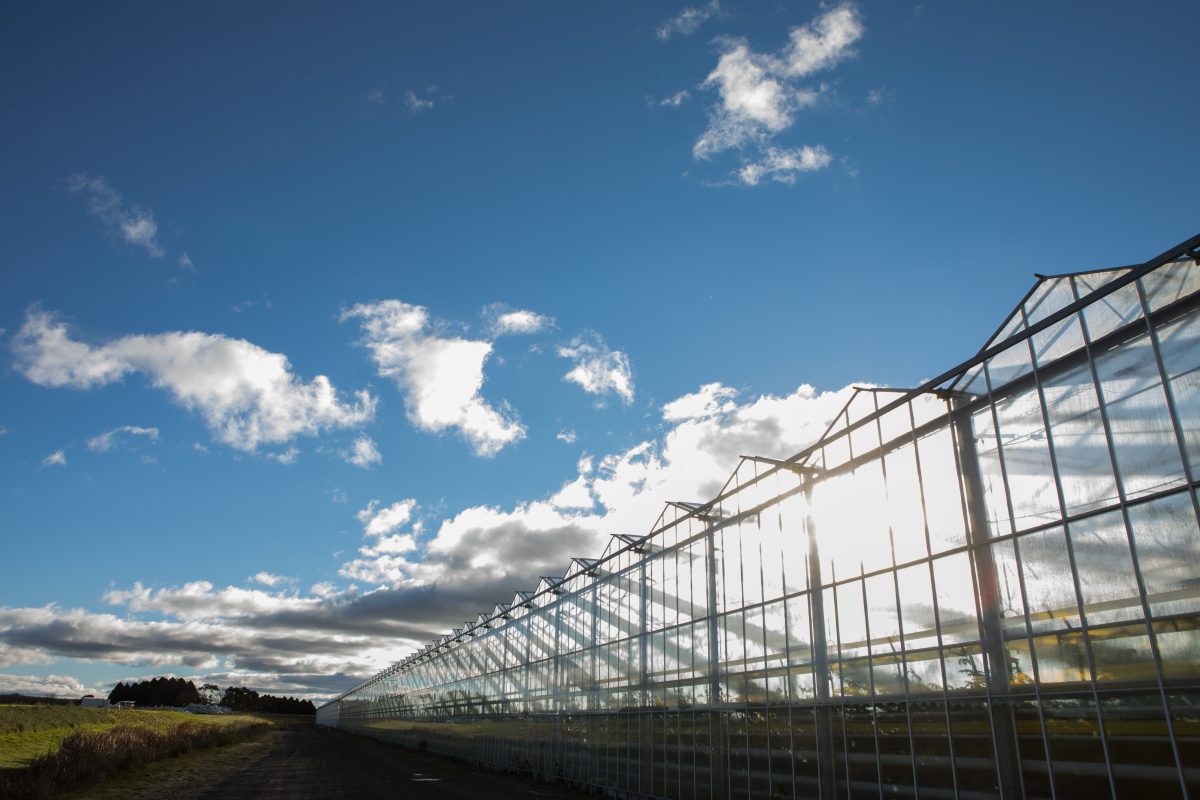
Tomato Exchange’s vast glasshouse facility. Credit: Costa Group
What does Tomato Exchange hope to achieve?
“By collaborating with UNE researchers under the Future Food Systems CRC, Tomato Exchange hopes to solve some of the unknowns about [the tomato] root microbiome and how to create strategies to use microbiomes within hydroponic systems,” says Paul Butterworth, Technical Development Manager – Vertical farming at Costa Group and industry lead on the project.
“There is limited information about root microbiomes and the role they play within the plant, particularly in hydroponic systems,” Butterworth notes. “The ability to measure the microbiome populations within the root zone will create a better understanding of when and how these probiotics can and should be applied to a crop.
“This will benefit our tomato-growing operation at Guyra by helping us create healthier root systems, creating opportunities for improving fruit quality, reducing waste, further reducing pesticide use and allowing for more efficient use of water and fertilisers.”
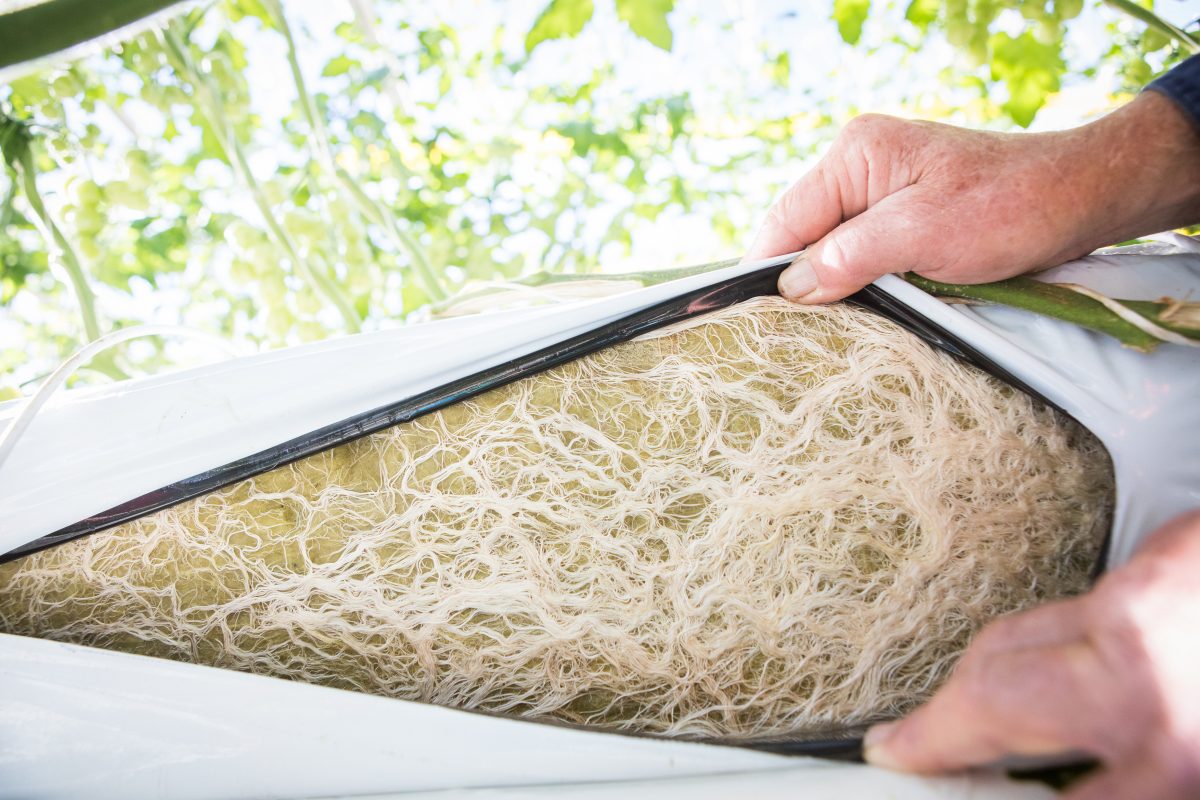
“By collaborating with UNE researchers under the Future Food Systems CRC, Tomato Exchange hopes to solve some of the unknowns about the root microbiome and how to create strategies to use microbiomes within hydroponic systems,” says Costa Group’s Paul Butterworth. Credit: Costa Group
What are the broader implications?
“At the moment, the identity of the microbial population in hydroponic systems is unknown,” Dr Winter notes. “Characterisation of that environment will help to unlock the massive potential of using the microorganisms, for growth benefits as well as pathogen protection.
“Once understood, this could be incorporated into crop management,” she says.
Butterworth expects the research will have real-world industry impact beyond developing solutions for Tomato Exchange.
“We see broader benefits flowing from the project, such as creating solutions for more sustainable practices within the hydroponics industry,” he says. “The aforementioned benefits of improved root microbiome systems could also have implications within other farming systems.”
Costa Group will retain legal/beneficial interest in the Project IP on completion.
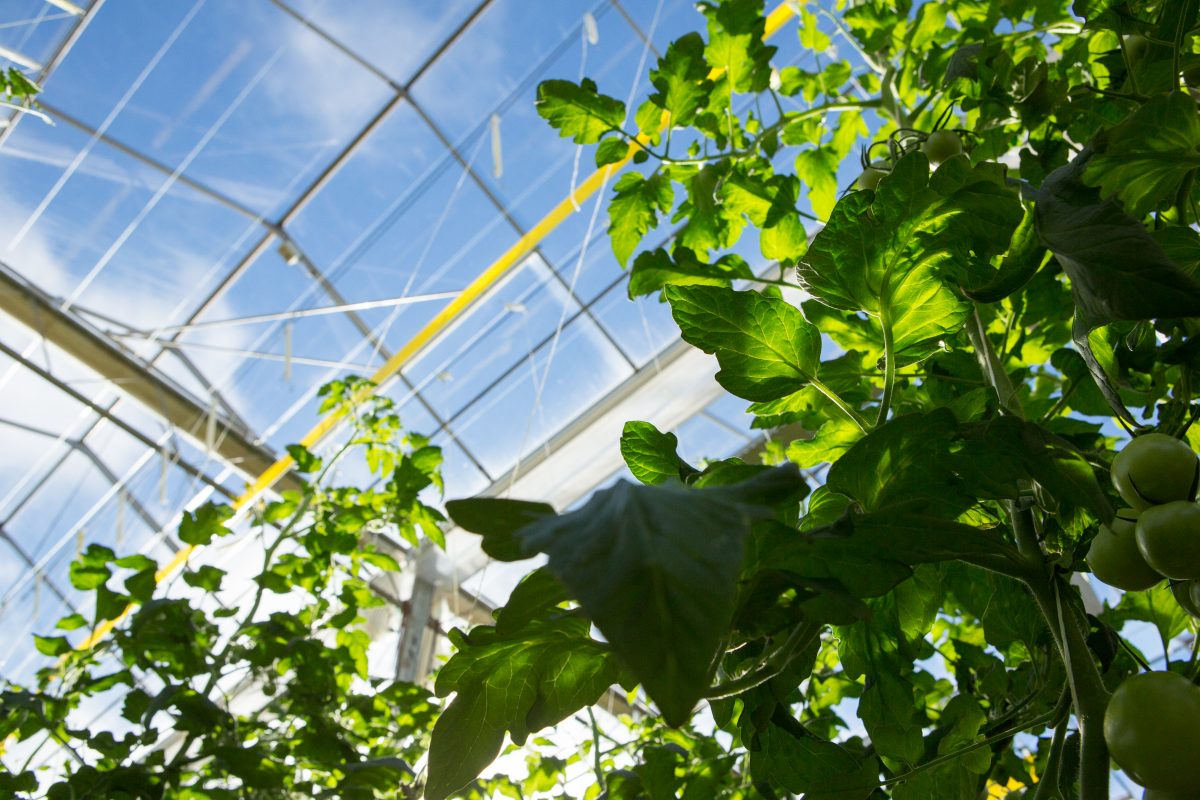
“We see broader benefits flowing from the project, such as creating solutions for more sustainable practices within the hydroponics industry,” Butterworth says. Credit: Costa Group
Next steps
This project is just the start of a productive series of research-industry collaborations under the umbrella of the CRC, says Butterworth.
“We see our participation in the Future Food Systems CRC as a way to help us fast-track solutions to a number of industry challenges,” he says.
“Going forward, we’re looking at addressing the challenges that will lead us to [becoming] a more commercially sustainable food producer.”
More information
For more information on the project, visit our Projects page or contact Gal Winter.


